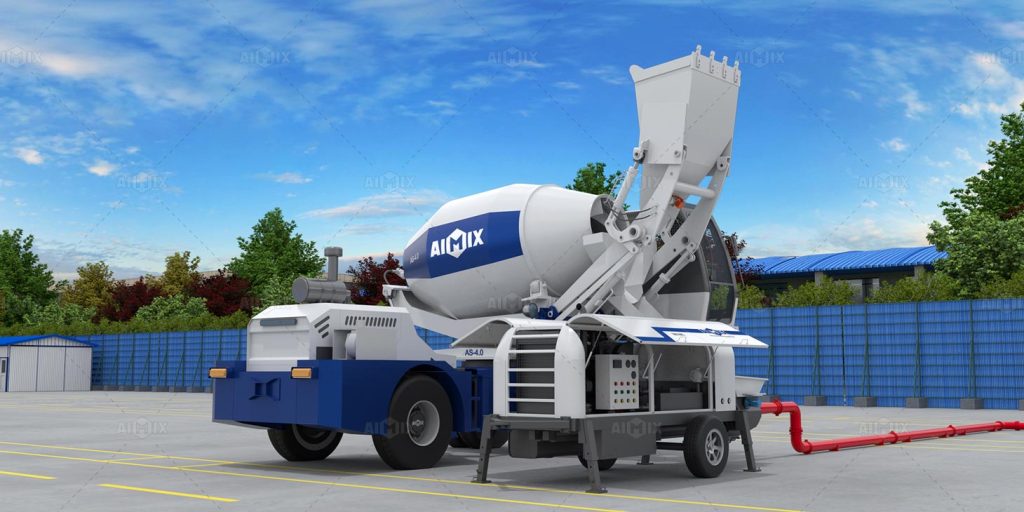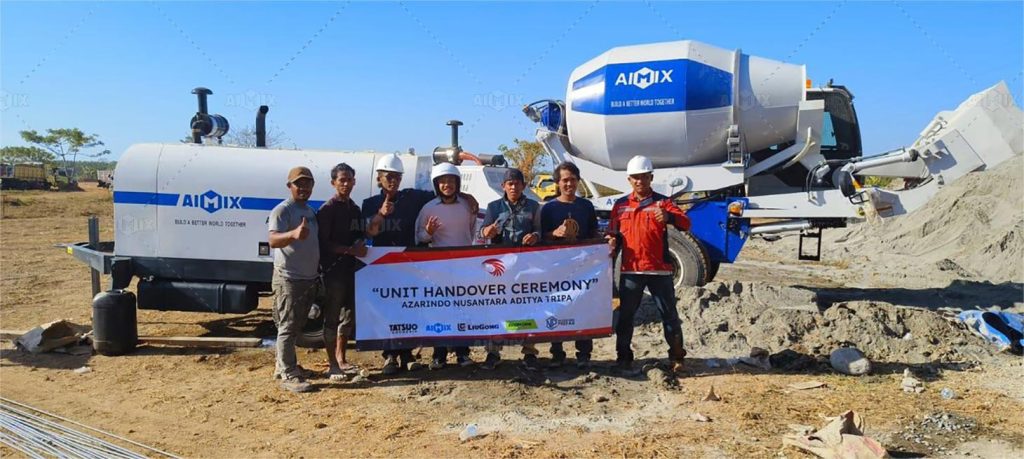Concrete construction projects in Tanzania are witnessing a revolution with the introduction of advanced equipment like self-loading concrete mixers and concrete pumps. These machines offer unprecedented efficiency, flexibility, and precision, empowering construction companies to take on complex projects with ease. Let’s delve into the world of self-loading concrete mixers and concrete pumps to understand their significance in the construction landscape of Tanzania.
A Brief Overview of Self-Loading Concrete Mixers
Self-loading concrete mixers are innovative machines designed to revolutionize the process of mixing and transporting concrete on construction sites. The self loading concrete mixer in Tanzania is equipped with a self-loading bucket, allowing operators to load aggregates, cement, and water directly into the mixer. The integration of a self-loading mechanism eliminates the need for additional equipment or manual labor, streamlining the construction process significantly.

Applications of Self-Loading Concrete Mixers
The applications of self-loading concrete mixers in Tanzania are vast and varied. From small-scale residential projects to large-scale infrastructure developments, these machines offer unparalleled versatility. Self-loading concrete mixer for sale in tanzania are particularly valuable in remote or inaccessible areas where traditional mixing methods may be impractical. They enable construction companies to produce high-quality concrete on-site, eliminating the need for transportation and reducing material wastage.
Benefits of Self-Loading Concrete Mixers
The benefits of self-loading concrete mixers extend beyond efficiency and versatility. These machines are known for their ability to deliver consistent and uniform concrete mixes, ensuring high-quality results every time. Moreover, self-loading concrete mixer for sale in Tanzania is cost-effective, as they reduce labor costs and minimize material wastage. Their compact size and maneuverability make them ideal for navigating tight spaces and challenging terrain, further enhancing their utility on construction sites.

The Role of Concrete Pumps in Construction Projects
Concrete pumps are hydraulic machines used to transport liquid concrete from the mixer to the construction site with precision and efficiency. These machines come in various configurations, including truck-mounted pumps and trailer-mounted pumps, offering flexibility and adaptability to different construction environments.
Applications of Concrete Pumps
Concrete pumps play a vital role in Tanzania’s construction industry, facilitating the seamless delivery of concrete to various locations on a construction site. They are particularly useful in projects that require large volumes of concrete or involve complex structures. Concrete pumps in Tanzania are commonly used in high-rise buildings, bridges, tunnels, and infrastructure projects, where their precision and reach are invaluable.
Benefits of Concrete Pumps
The benefits of using concrete pumps in construction projects are manifold. These machines offer unmatched precision and efficiency, allowing construction companies to complete projects faster and with greater accuracy. Concrete pumps reduce the need for manual labor and transportation, resulting in cost savings and improved productivity. Moreover, by eliminating the need for traditional methods of concrete placement, such as wheelbarrows and cranes, concrete pumps minimize the risk of accidents and injuries on construction sites. Find best pump on AIMIX’s website: https://concretemixerwithpump.com/.
In conclusion, self-loading concrete mixers and concrete pumps are revolutionizing the construction industry in Tanzania by offering unprecedented efficiency, versatility, and precision. These advanced machines empower construction companies to tackle complex projects with confidence, ultimately contributing to the growth and development of the country’s infrastructure.